- myFICO® Forums
- Types of Credit
- Credit Cards
- Re: Rotating category fatigue
- Subscribe to RSS Feed
- Mark Topic as New
- Mark Topic as Read
- Float this Topic for Current User
- Bookmark
- Subscribe
- Mute
- Printer Friendly Page
Rotating category fatigue
Is your credit card giving you the perks you want?
Browse credit cards from a variety of issuers to see if there's a better card for you.
- Mark as New
- Bookmark
- Subscribe
- Mute
- Subscribe to RSS Feed
- Permalink
- Report Inappropriate Content
Re: Rotating category fatigue
@Anonymous wrote:
@wasCB14 wrote:I closed my Discover a few days ago. Partly it was due to the hassles of a joint account and a low CL ($3k), but there were two other factors...
1. I'm losing interest in keeping track of rotating categories, and my major categories are already pretty well-covered (or are business expenses).
2. With inflation, $1500 is getting to be a pretty low quarterly spend cap.
Are others feeling this way?
BofA isn't as bad here with the $2500 cap but it's still not a lot. I may get a second BofA 5.25/3.5/1.75 card.
Yes, but this is just a sympton that, despite this forum, credit card rewards really aren't all that significant anyway (with the possible exception of very heavy travel spend enabling "aspirational" reward redemptions). And despite this, there is still a spectrum, of those that would be happy with an uncapped 2% card for everthing, to those that use rotating and category specific cards for almost every purchase. At the end of the day, the meaningful difference in rewards will be pretty slight.
"Pretty slight" is a relative term though. Our lineup is optimized to the point that we average around 3.8 - 4.1% per month (excluding months where we have SUBs). Our typically monthly spend is $8000 - $8500. Figuring that on $8K, our yearly rewards would go from $3800 to $1920 with a flat 2% card.
$1900 per year is certainly not life changing money, but it is money I get to save or invest instead spending on vacations.
When we go on vacations, I obviously use cards that maximize earnings on everything we spend (I mean just 'cause I'm 'posed to be relaxin' don't mean Ima throw money on the ground!😂) . I deposit the cash back money we earn in a dedicated savings account to pay off those cards we use on vacation. That yields another @4% on money we earned as well, so if we spend say $4000 on vacations for the year we earn another $160 on top of that "free" $4000.
Again, it's definitely a hobby, but it unlike most hobbys (at least my other hobbys - Read: Cars!🙈😂) it actually makes a little money!
It's probably worth mentioning that I've spent way more time here this morning defending cash back earning than I will all month managing my cash back earning! 😂🤷♂️😉
Hover over cards to see limits and usage. Total CL - $608,600. Cash Back and SUBs earned as of 5/31/24- $21,590.43
CU Memberships
Goal Cards:



- Mark as New
- Bookmark
- Subscribe
- Mute
- Subscribe to RSS Feed
- Permalink
- Report Inappropriate Content
Re: Rotating category fatigue
I definitely agree.
I'm fairly new to credit, and I debated getting rotating category cards, largely because a lot of people in the credit card niche seem to love them so much. But I've got a simple two card setup right now, with a 2% in everything card, and another card that gives me 3% in a few key categories that together make up the majority of my credit card spend.
I can do better, but I've run the math using my historical yearly spend by category, and calculated how much cashback a new card would net. It's not that much. I think a lot of people do the math based the full 5% (for instance), and some optimistic spend level, but that's a mistake. Because it's not about how much the new card will earn, but rather about how much the new card will earn, when compared to your current setup and spend. If I spend $200/month in gas, then a 5% gas card means I can earn $120/year in rewards. But if I already have a 3% gas card (I do), that drops to just an extra $48 over what I already get. It's... not huge. And since we focus on our most important categories first, it means that each new card is worth less.
Plus time is money, so juggling all those cards reduces their value, and I think a lot of people seriously underestimate how much time they spend on research, staying up to date, and just basic card management. I know I've spent an inordinate amount of time researching, posting, and what not; and check my accounts far too often; but I do so because I want to learn how to manage this aspect of finances, plus I find it interesting. I'm not trying to justify it with rewards.
Rotating cards hit all those points. They're of increasingly smaller marginal benefit as a core setup broadens, and they take time and mental processing power to manage. There's also a nuisance factor, of having to set alerts, juggling which you carry when, dealing with caps, and the negative consequences that can result when trying shift or manufacture spend. (E.g. I don't want to buy a ton of gift cards, and then manage those as well.)
Though sign up bonuses do add up, especially if you're not toward the top end of spend. That's probably a better use of most people's time than chasing another 5% category. Even without going full in on the churn merry-go-round, a couple new cards each year are easy to justify.
So I'm happy with my 2-card setup (technically 3, but the third is largely redundant). I don't really need more. But I will get new cards, though I'm going to try to avoid rotating category cards. Specifically, I'll be looking at cards that I can set and forget (with autopay or tied to an online account, for instance), or cards that I have to carry, but which I can dedicate to a particular purpose and not worry about further. Or I'll be considering other factors, like network benefits (if I rent a car, I'll use the card with collison and roadside assistance, regardless of rewards) or utility when traveling abroad (FTF, conversion processing, acceptance, etc.). Those will typically be special cases, though.
- Mark as New
- Bookmark
- Subscribe
- Mute
- Subscribe to RSS Feed
- Permalink
- Report Inappropriate Content
Re: Rotating category fatigue
@JNA1 wrote:
$1900 per year is certainly not life changing money, but it is money I get to save or invest instead spending on vacations.
Right, but if you hated having to deal with credit cards, you could certainly find other ways to make similar money (coupon clipping, aggressive comparison shopping, etc). But as you do enjoy it, it's not a problem (whereas you might find alternatives boring and timeconsuming) I understand that for you it takes relatively little time (apart from, as you say, from all the time spent on the forums) but it really is a small gain (1-2% over the default). In the words of MyFICO "FREEEE MONEY" but as a hobby rather than a wealth management strategy!
- Mark as New
- Bookmark
- Subscribe
- Mute
- Subscribe to RSS Feed
- Permalink
- Report Inappropriate Content
Re: Rotating category fatigue
@JNA1 wrote:The truth is though, most of our cards are set to categories that stay the same. Our 3 Max Cash Preferred cards rarely change, BCP is usually groceries, Affinity is always the Amazon card, and my Synovus Travel Rewards card is always the travel card. I change Citi Custom cash cards based on the rotators, but they normally for dining.
... we typically earn around $300 per month on personal everyday spend. Let's round that up to 1 hour spent per month, and that's $300 per hour for the trouble.
Our lineup is optimized to the point that we average around 3.8 - 4.1% per month (excluding months where we have SUBs). Our typically monthly spend is $8000 - $8500. Figuring that on $8K, our yearly rewards would go from $3800 to $1920 with a flat 2% card.
Again, it's definitely a hobby but it unlike most hobbys ... makes a little money!
I don't think any of us disagree that there is some financial gain to-be-had with juggling rotators, @JNA1. Those of us who posted against them just feel that for us, the incremental gains are low and the "hobby" isn't as much fun as it is a chore or a frustration. I did find it ironic that you argued for rotators, yet then you admitted most of your cards are set to static categories! Lol ![]() Also, in your case when you already have an AOD FCU Visa earning 3% cash back on anything, that becomes your personal baseline in lieu of a flat 2% card. That lowers your incremental earnings to 0.8 to 1.1%. On $8500 monthly spend, that would be $68 to $93 instead of your $300 figure. That lowers your incremental annual earnings down to about $1,122 (on the high end.) My point isn't to split hairs over your calculation though, as much as it is to point out that human nature is to overestimate the added value. At some point, the "hobby" aspect has to be strong enough to continue to juggle rewards even if the financial gain is marginal. I think for some there is a perspective of competition and "winning" against the banks, even if it's only a couple of dollars. And that is fine if that's your preference! I think regardless of our circumstances and choices, it's wise to take a step back and evaluate these choices. In the end, it's all a personal decision.
Also, in your case when you already have an AOD FCU Visa earning 3% cash back on anything, that becomes your personal baseline in lieu of a flat 2% card. That lowers your incremental earnings to 0.8 to 1.1%. On $8500 monthly spend, that would be $68 to $93 instead of your $300 figure. That lowers your incremental annual earnings down to about $1,122 (on the high end.) My point isn't to split hairs over your calculation though, as much as it is to point out that human nature is to overestimate the added value. At some point, the "hobby" aspect has to be strong enough to continue to juggle rewards even if the financial gain is marginal. I think for some there is a perspective of competition and "winning" against the banks, even if it's only a couple of dollars. And that is fine if that's your preference! I think regardless of our circumstances and choices, it's wise to take a step back and evaluate these choices. In the end, it's all a personal decision.






















Business Cards









Length of Credit > 40 years; Total Credit Limits >$936K
Top Lender TCL - Chase 156.4 - BofA 99.9 - CITI 96.5 - AMEX 95.0 - NFCU 80.0 - SYCH - 65.0
AoOA > 31 years (Jun 1993); AoYA (Oct 2024)
* Hover cursor over cards to see name & CL, or press & hold on mobile app.
- Mark as New
- Bookmark
- Subscribe
- Mute
- Subscribe to RSS Feed
- Permalink
- Report Inappropriate Content
Re: Rotating category fatigue
@Anonymalous makes some great points and echoes thoughts that I have also expressed before on the forums. (See here and here.) His comments edited from the post below are similar to my postings about the "Pareto Principle" and the "Law of Diminishing Marginal Returns".
The Pareto Principle states that 80% of consequences come from 20% of the causes; pertaining to credit cards, most of the rewards may be obtained with the fewer cards. The Law of Diminishing Marginal Returns states that adding an additional factor of production results in smaller increases in output; as pertaining to credit cards, the additional labor involved in managing multiple rewards cards slowly yields fewer-and-fewer results as the labor increases. For anyone approaching card rewards as anything other than a hobby or a game, there will be a point where enough-is-enough, but we all may vary somewhat in when that point is reached. After I started updating and remaking my card lineup and became involved on My FICO, I initially started adding many new cards. Then I began to question how far I wanted to go and decided that, at least for me, fewer is better. So I would suggest anyone adding rotators to their lineup to answer this question for themselves: Do you set any kind of minimum threshold for yourself where that incremental added value becomes too much trouble, or is ANY additional savings worth the pursuit ? And if so, what is the target threshold?
In keeping with this idea, I posted about some possible "two card combos" that would reap the majority of gains with the least number of cards and opened it to discussion. Not to say that two cards is ideal. That would depend on where someone sets that rewards threshold, their spending, and the cards in question. It could also include some unrelated variables such as lender diversity, account age, APR, credit limits, or perks associated with various cards.
Of course, for the true hobbyist, there isn't any such thing as too little rewards or too many cards!
= = = = = = = = = = = = = = = = = = = = = = = = =
@Anonymalous wrote:... I've got a simple two card setup right now, with a 2% in everything card, and another card that gives me 3% in a few key categories that together make up the majority of my credit card spend.
I can do better, but I've run the math using my historical yearly spend by category, and calculated how much cashback a new card would net. It's not that much. I think a lot of people do the math based the full 5% (for instance), and some optimistic spend level, but that's a mistake. Because it's not about how much the new card will earn, but rather about how much the new card will earn, when compared to your current setup and spend. ... And since we focus on our most important categories first, it means that each new card is worth less.
Rotating cards ... (are) ... of increasingly smaller marginal benefit as a core setup broadens, and they take time and mental processing power to manage. There's also a nuisance factor, of having to set alerts, juggling which you carry when, dealing with caps, and the negative consequences that can result when trying shift or manufacture spend. (E.g. I don't want to buy a ton of gift cards, and then manage those as well.)






















Business Cards









Length of Credit > 40 years; Total Credit Limits >$936K
Top Lender TCL - Chase 156.4 - BofA 99.9 - CITI 96.5 - AMEX 95.0 - NFCU 80.0 - SYCH - 65.0
AoOA > 31 years (Jun 1993); AoYA (Oct 2024)
* Hover cursor over cards to see name & CL, or press & hold on mobile app.
- Mark as New
- Bookmark
- Subscribe
- Mute
- Subscribe to RSS Feed
- Permalink
- Report Inappropriate Content
Re: Rotating category fatigue
@JNA1 wrote:
@GZG wrote:
@wasCB14 wrote:1. I'm losing interest in keeping track of rotating categories
I can't imagine the math ever works out for learning rotating categories to be worth your time, particularly as income level rises. I imagine it's something you have to want to do as a hobby as opposed to seeing it as a meaningfully profitable endeavor.
Aside from SUB's though, naturally. Those are a no-brainer.
I agree and disagree and with this post. I totally agree and it really is a hobby, and really should be viewed that way.
I disagree that it is not worth the time. I spend maybe 15 minutes per month to determining categories and making DW a cheat sheet and then swapping cards that have maxed out categories. For instance, we recently swapped from my Disco to her Disco because we maxed out the $1500 on dining and PayPal on mine. I physically swap out the cards in our wallet and change the preferred payment method on PayPal - maybe 2 minutes. The truth is though, most of our cards are set to categories that stay the same. Our 3 Max Cash Preferred cards rarely change, BCP is usually groceries, Affinity is always the Amazon card, and my Synovus Travel Rewards card is always the travel card. I change Citi Custom cash cards based on the rotators, but they normally for dining.
Excluding SUBs and earnings on my business spend, we typically earn around $300 per month on personal everyday spend.
Let's round that up to 1 hour spent per month, and that's $300 per hour for the trouble. That almost fully pays for one of our beach vacation trips every year.
It's fully worth the trouble to me.
I think I'd be more open to rotating categories if my spend was different, or I didn't have certain other cards.
As of now, I have and am keeping Amex Gold and Amex Business Platinum, so on supermarkets and dining I'm earning over 6% towards Delta flights (35% of MRs back). Those are two of the best common rotating category cards.
For online shopping I have BofA and get a lot of "20% off at Amazon when paying with at least 1 MR" offers. That reduces the value of that category.
Nearly all my home improvement spend is for business.
I have very little Walmart or Target spend.
I have limited gas spend and get 4% with Costco.
That doesn't leave a whole lot of spend for Freedom/Discover categories.
Business use: Amex Bus. Plat., BBP, Lowes Amex AU, CFU AU
Perks: Delta Plat., United Explorer, IHG49, Hyatt, "Old SPG"
Mostly SD: Freedom Flex, Freedom, Arrival
Upgrade/Downgrade games: ED, BCE
SUB chasing: AA Platinum Select
- Mark as New
- Bookmark
- Subscribe
- Mute
- Subscribe to RSS Feed
- Permalink
- Report Inappropriate Content
Re: Rotating category fatigue
@Anonymous wrote:
@JNA1 wrote:
$1900 per year is certainly not life changing money, but it is money I get to save or invest instead spending on vacations.
Right, but if you hated having to deal with credit cards, you could certainly find other ways to make similar money (coupon clipping, aggressive comparison shopping, etc). But as you do enjoy it, it's not a problem (whereas you might find alternatives boring and timeconsuming) I understand that for you it takes relatively little time (apart from, as you say, from all the time spent on the forums) but it really is a small gain (1-2% over the default). In the words of MyFICO "FREEEE MONEY" but as a hobby rather than a wealth management strategy!
For sure - if someone hates dealing with this stuff, it's definitely not worth it. That said, coupon clipping and aggressively price shopping takes way more time than I spend on this stuff, so in my mind this is the lazy way of doing it. 😂
I get it though, not everybody cares for it. There is a guy that I work with that uses his Chase Slate to pay everything with and then PIF monthly because he "likes that card the best". 🤷♂️
Hover over cards to see limits and usage. Total CL - $608,600. Cash Back and SUBs earned as of 5/31/24- $21,590.43
CU Memberships
Goal Cards:



- Mark as New
- Bookmark
- Subscribe
- Mute
- Subscribe to RSS Feed
- Permalink
- Report Inappropriate Content
Re: Rotating category fatigue
I can see how it'd be tiring, especially if you have multiple rotating category cards. I mean, I don't find the maintenance on mine cumbersome, but sometimes the quarterly categories just aren't useful. My CFF is definitely the wildcard of my lineup, though. It's either front of my wallet or back of my desk drawer--there is no in-between.





Sock Drawer:

Chopping Block:


- Mark as New
- Bookmark
- Subscribe
- Mute
- Subscribe to RSS Feed
- Permalink
- Report Inappropriate Content
Re: Rotating category fatigue
@Aim_High wrote:@Anonymalous makes some great points and echoes thoughts that I have also expressed before on the forums. (See here and here.) His comments edited from the post below are similar to my postings about the "Pareto Principle" and the "Law of Diminishing Marginal Returns".
The Pareto Principle states that 80% of consequences come from 20% of the causes; pertaining to credit cards, most of the rewards may be obtained with the fewer cards. The Law of Diminishing Marginal Returns states that adding an additional factor of production results in smaller increases in output; as pertaining to credit cards, the additional labor involved in managing multiple rewards cards slowly yields fewer-and-fewer results as the labor increases. For anyone approaching card rewards as anything other than a hobby or a game, there will be a point where enough-is-enough, but we all may vary somewhat in when that point is reached. After I started updating and remaking my card lineup and became involved on My FICO, I initially started adding many new cards. Then I began to question how far I wanted to go and decided that, at least for me, fewer is better. So I would suggest anyone adding rotators to their lineup to answer this question for themselves: Do you set any kind of minimum threshold for yourself where that incremental added value becomes too much trouble, or is ANY additional savings worth the pursuit ? And if so, what is the target threshold?
In keeping with this idea, I posted about some possible "two card combos" that would reap the majority of gains with the least number of cards and opened it to discussion. Not to say that two cards is ideal. That would depend on where someone sets that rewards threshold, their spending, and the cards in question. It could also include some unrelated variables such as lender diversity, account age, APR, credit limits, or perks associated with various cards.
Of course, for the true hobbyist, there isn't any such thing as too little rewards or too many cards!
= = = = = = = = = = = = = = = = = = = = = = = = =
@Anonymalous wrote:... I've got a simple two card setup right now, with a 2% in everything card, and another card that gives me 3% in a few key categories that together make up the majority of my credit card spend.
I can do better, but I've run the math using my historical yearly spend by category, and calculated how much cashback a new card would net. It's not that much. I think a lot of people do the math based the full 5% (for instance), and some optimistic spend level, but that's a mistake. Because it's not about how much the new card will earn, but rather about how much the new card will earn, when compared to your current setup and spend. ... And since we focus on our most important categories first, it means that each new card is worth less.
Rotating cards ... (are) ... of increasingly smaller marginal benefit as a core setup broadens, and they take time and mental processing power to manage. There's also a nuisance factor, of having to set alerts, juggling which you carry when, dealing with caps, and the negative consequences that can result when trying shift or manufacture spend. (E.g. I don't want to buy a ton of gift cards, and then manage those as well.)
It needs to be evaluated in the context of a person's spending or payment practices.
In my case, my personal spending in all of the usual 'categories' is very small. I could stand on my head juggling categories and the incremental difference would be very little.
Now if there were a card that gave me 3-5% on rent, or insurance, I'd be all over that one.

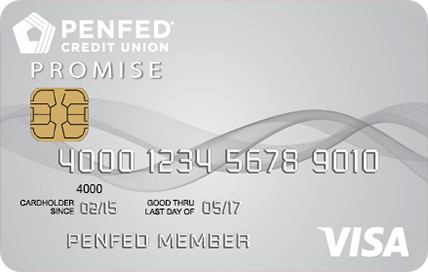



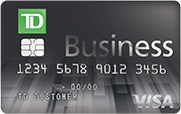
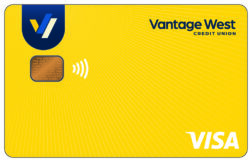
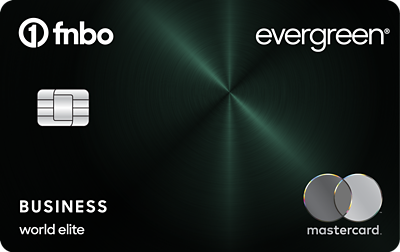
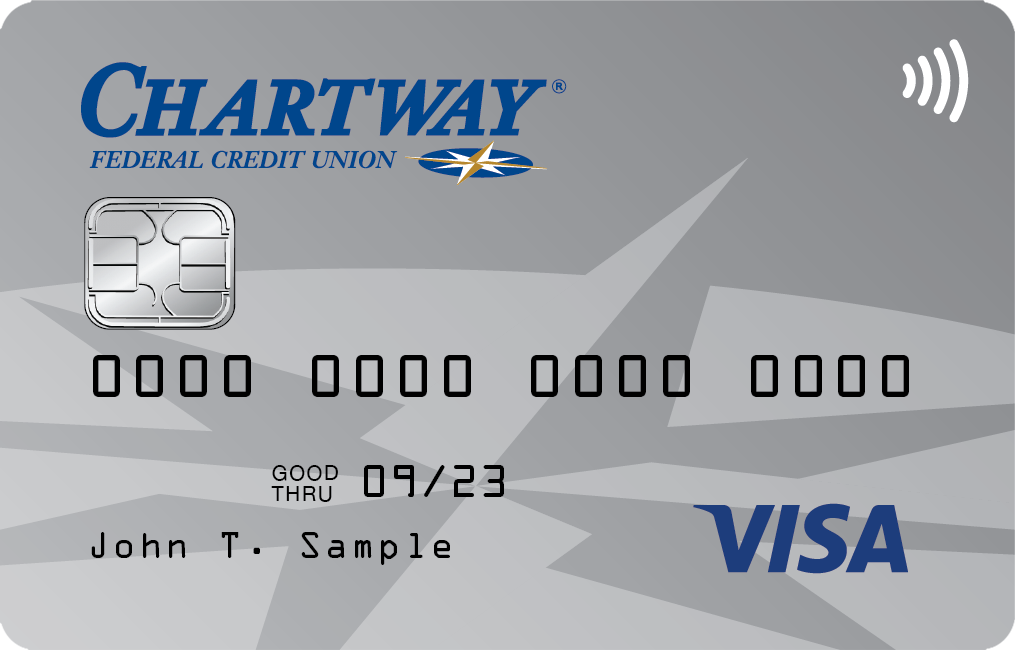


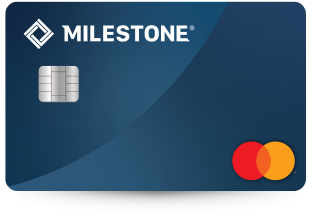
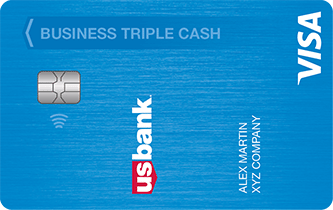

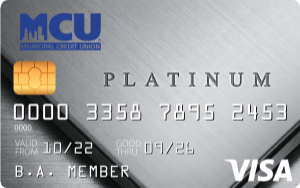
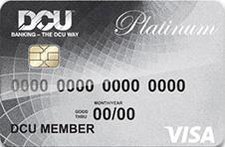
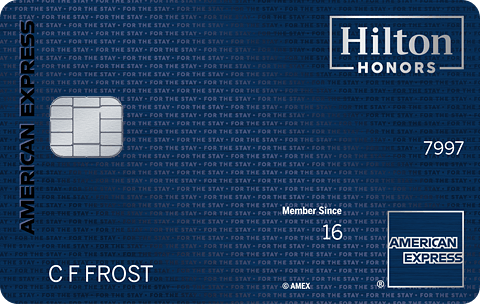


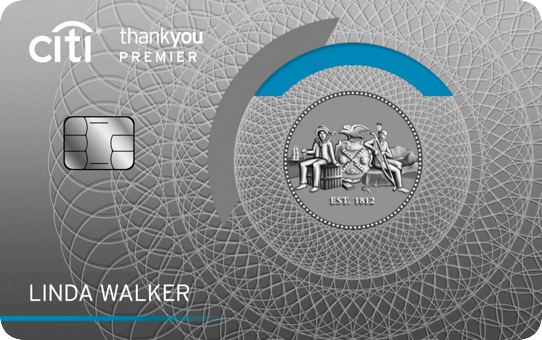
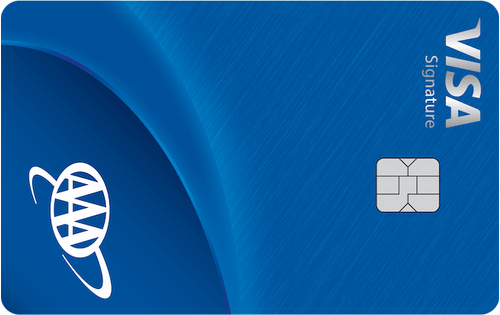
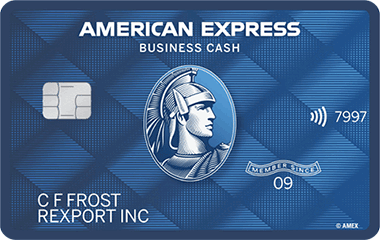
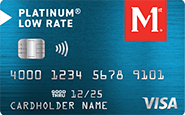
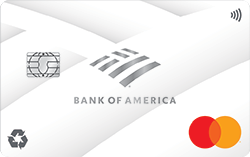


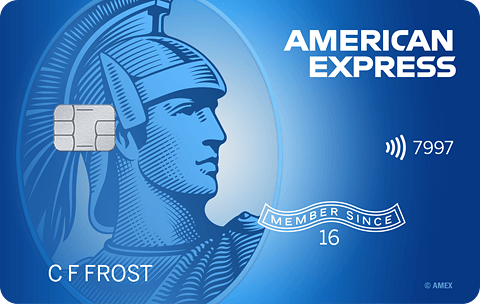
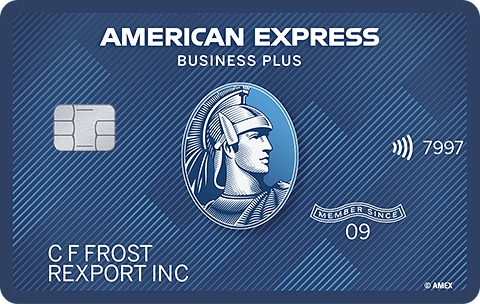



Total revolving limits 568220 (504020 reporting) FICO 8: EQ 689 TU 691 EX 682
- Mark as New
- Bookmark
- Subscribe
- Mute
- Subscribe to RSS Feed
- Permalink
- Report Inappropriate Content
Re: Rotating category fatigue
@Aim_High wrote:
@JNA1 wrote:The truth is though, most of our cards are set to categories that stay the same. Our 3 Max Cash Preferred cards rarely change, BCP is usually groceries, Affinity is always the Amazon card, and my Synovus Travel Rewards card is always the travel card. I change Citi Custom cash cards based on the rotators, but they normally for dining.
... we typically earn around $300 per month on personal everyday spend. Let's round that up to 1 hour spent per month, and that's $300 per hour for the trouble.
Our lineup is optimized to the point that we average around 3.8 - 4.1% per month (excluding months where we have SUBs). Our typically monthly spend is $8000 - $8500. Figuring that on $8K, our yearly rewards would go from $3800 to $1920 with a flat 2% card.
Again, it's definitely a hobby but it unlike most hobbys ... makes a little money!
I don't think any of us disagree that there is some financial gain to-be-had with juggling rotators, @JNA1. Those of us who posted against them just feel that for us, the incremental gains are low and the "hobby" isn't as much fun as it is a chore or a frustration. I did find it ironic that you argued for rotators, yet then you admitted most of your cards are set to static categories! Lol
Also, in your case when you already have an AOD FCU Visa earning 3% cash back on anything, that becomes your personal baseline in lieu of a flat 2% card. That lowers your incremental earnings to 0.8 to 1.1%. On $8500 monthly spend, that would be $68 to $93 instead of your $300 figure. That lowers your incremental annual earnings down to about $1,122 (on the high end.) My point isn't to split hairs over your calculation though, as much as it is to point out that human nature is to overestimate the added value. At some point, the "hobby" aspect has to be strong enough to continue to juggle rewards even if the financial gain is marginal. I think for some there is a perspective of competition and "winning" against the banks, even if it's only a couple of dollars. And that is fine if that's your preference! I think regardless of our circumstances and choices, it's wise to take a step back and evaluate these choices. In the end, it's all a personal decision.
I did admit that most of our cards are set to static categories, but I also just recently applied and got the Chase Freedom to add to mix, and the Langley Cash Rewards will most likely be my next card, because of potential to earn more cash back. To be clear though, I would prefer to have a lineup that had all selectable categories instead of rotators. I'm just saying I don't mind rotators as much as some people seem to.
As far the comparison of percentages, I was specifically comparing percentages mentioned in the remark "there is still a spectrum, of those that would be happy with an uncapped 2% card for everthing." Before we had the AOD card, we used an combination of several cards to get 3% on much spend as possible. The AOD card does make that much easier, so I'll enjoy it as long as it lasts.
Like you said, it's all about personal preferences. Maybe one day I'll feel differently, but as of now, to answer the OP's original question - I personally don't experience rotator fatigue.
Hover over cards to see limits and usage. Total CL - $608,600. Cash Back and SUBs earned as of 5/31/24- $21,590.43
CU Memberships
Goal Cards:



